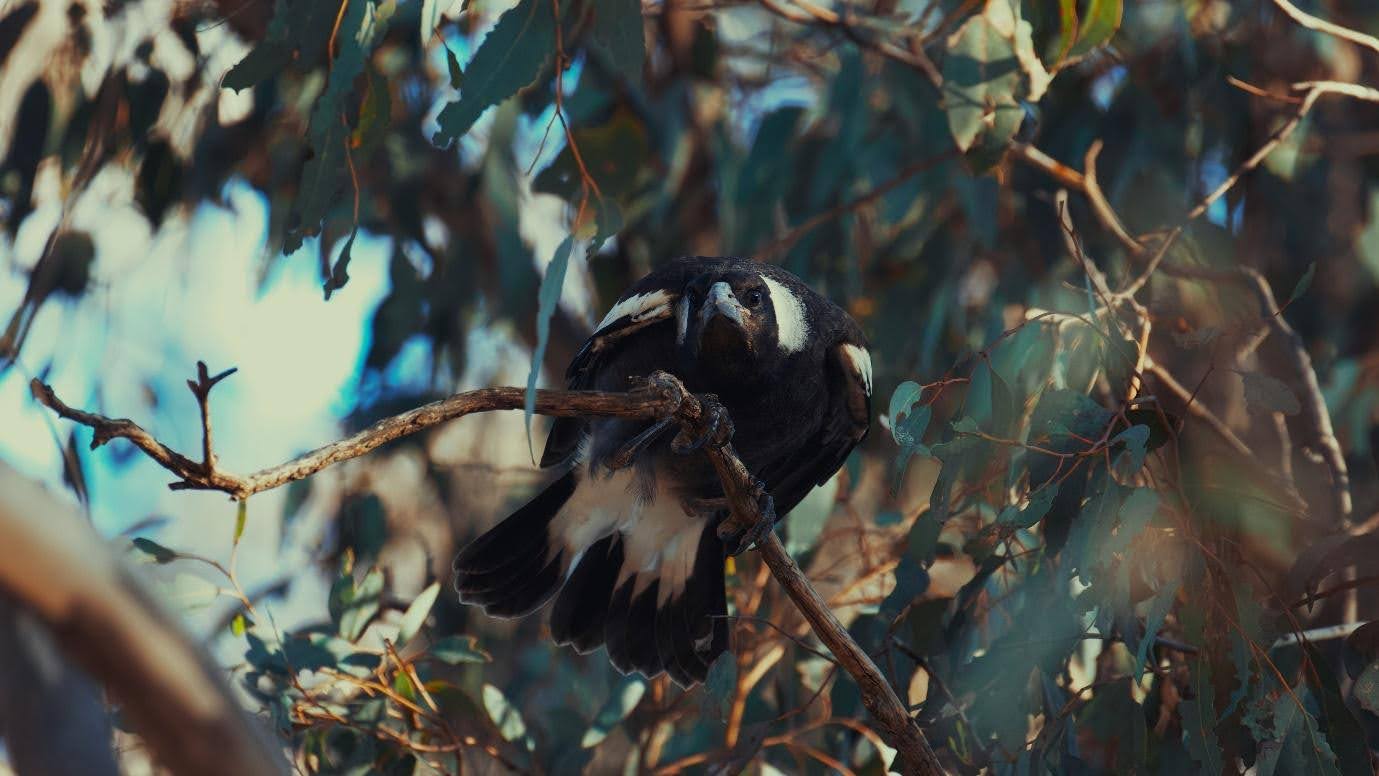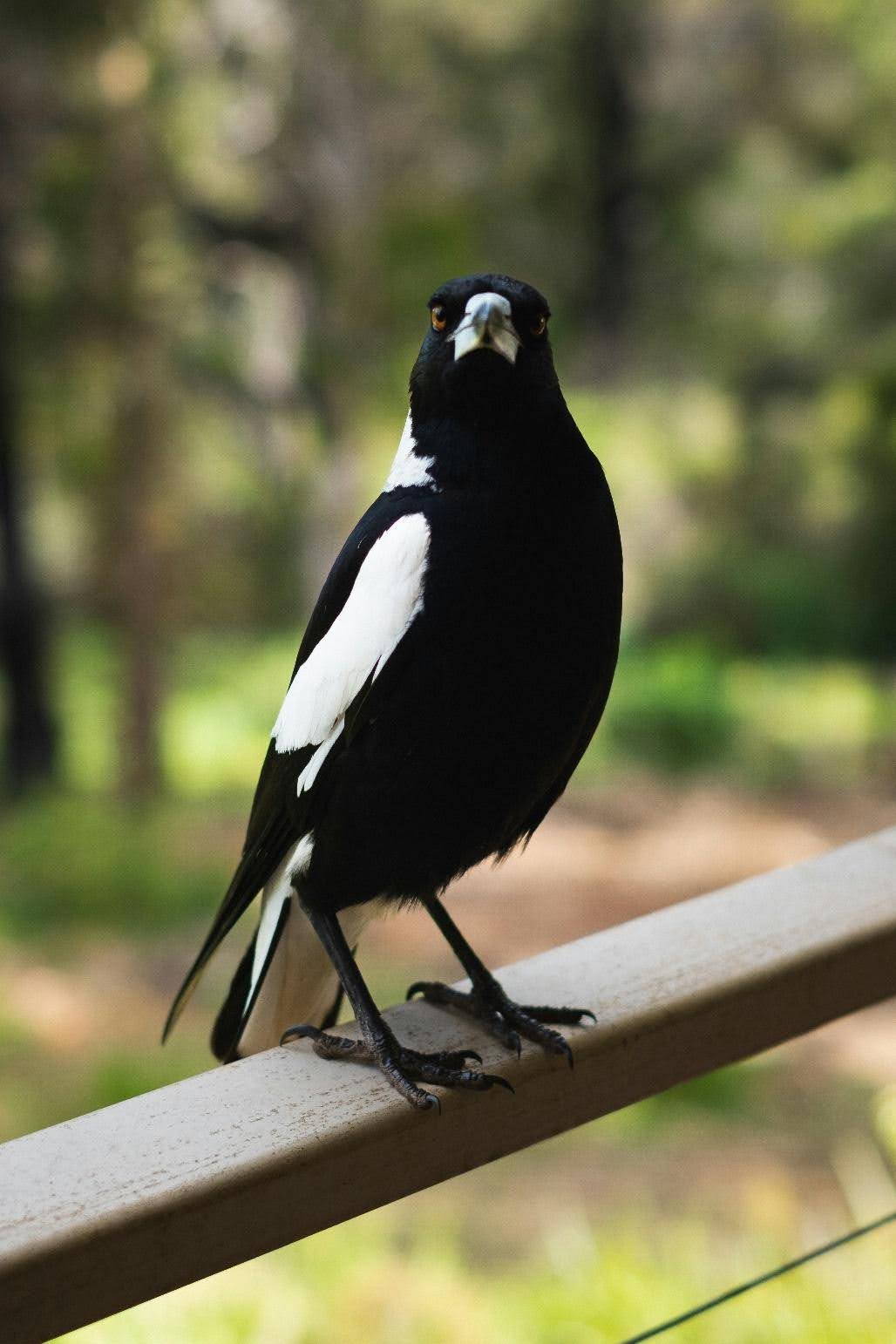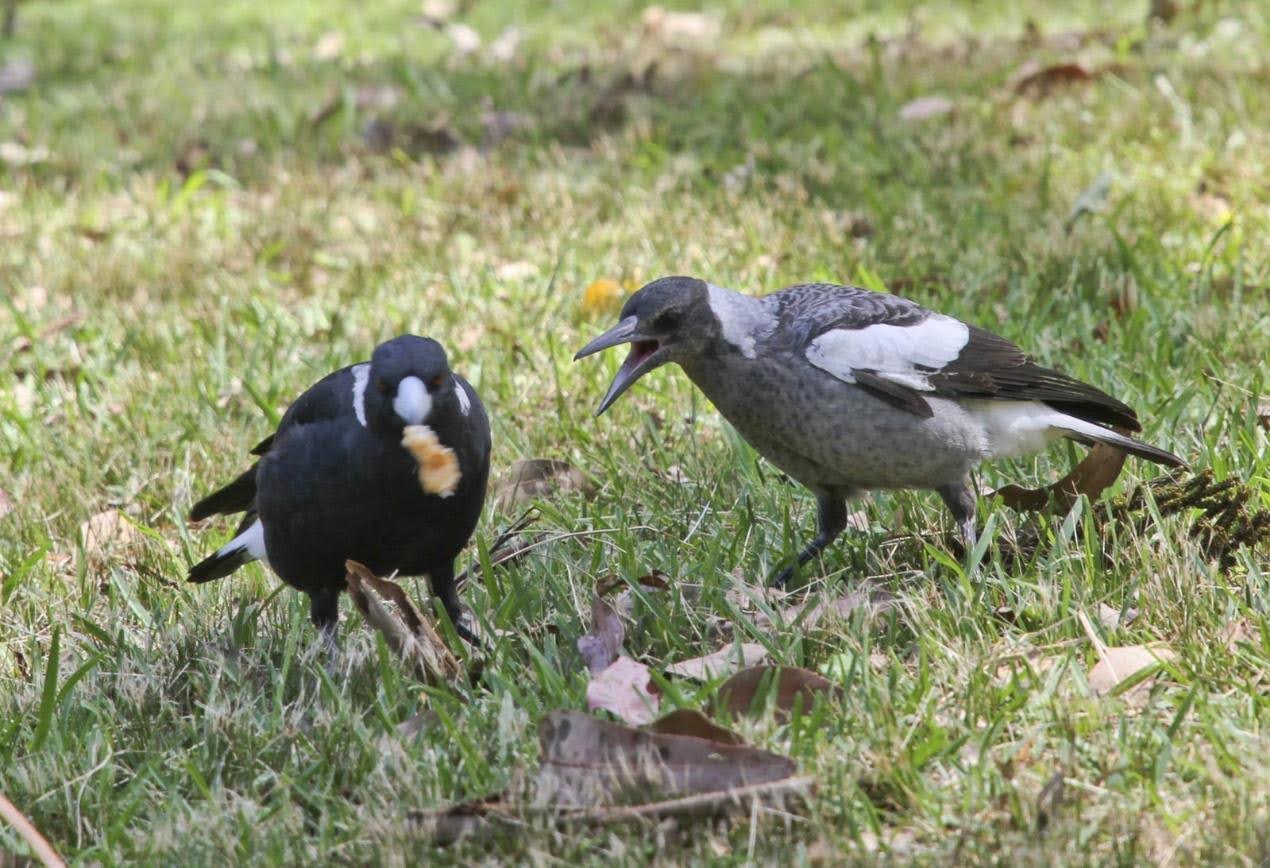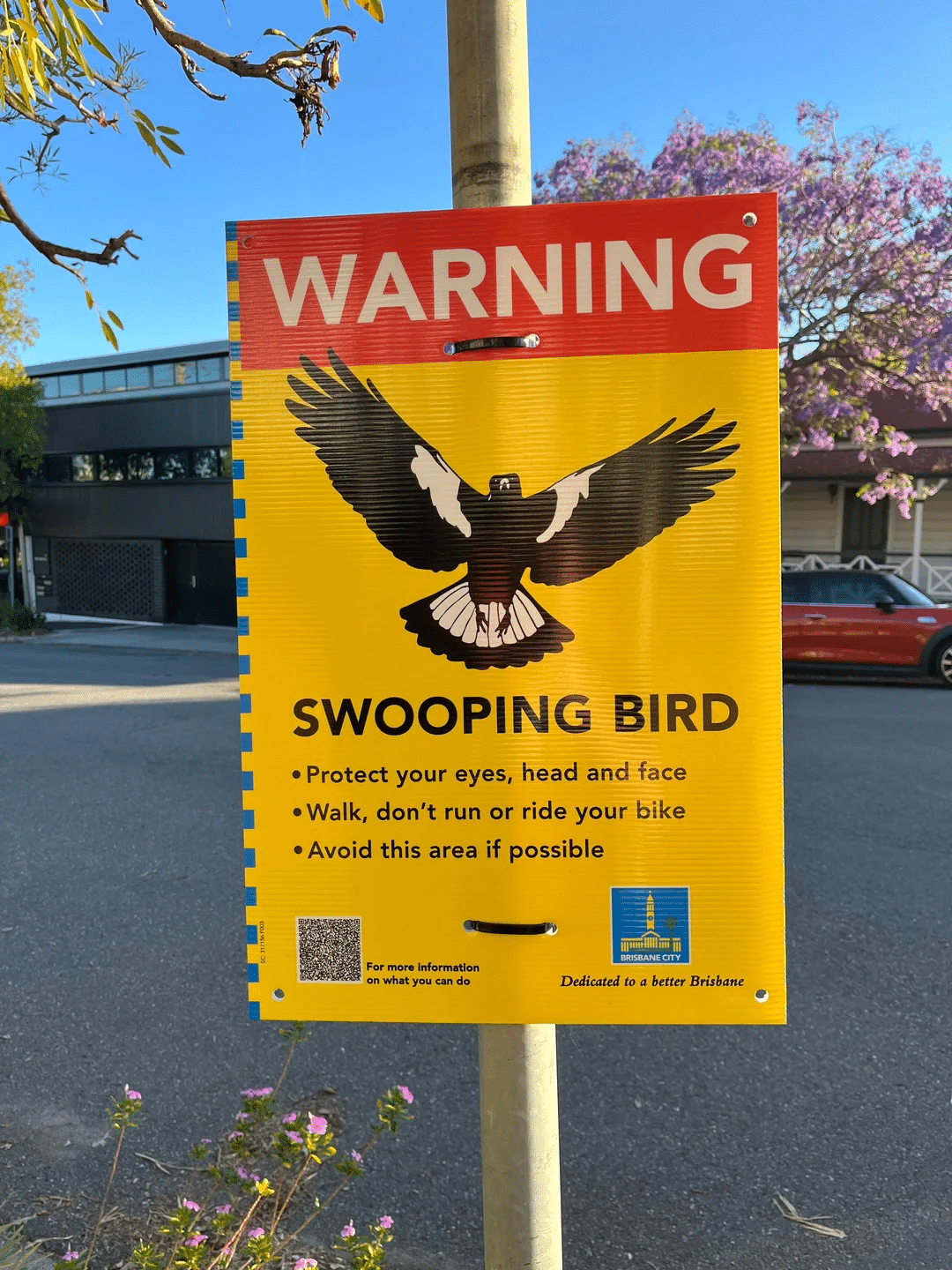Swooping Season: A Guide to Surviving Magpies in Australia
It comes as no surprise that Australia is home to some of the most unique and dazzling birdlife on the planet. With everything from emus to penguins, it’s no wonder that bird lovers flock to this country to catch a glimpse of these stunning creatures. However, despite their magic and cultural significance, nothing strikes as much fear into the hearts of Australians as the words “swooping season.”
Photo by Jack McCracken on Unsplash

The Australian Magpie
Magpies are an iconic Australian bird species known for their striking black-and-white plumage and melodic warbling song. We even named a famous football club named after them. Yet, from late winter to early spring, these otherwise friendly birds can exhibit territorial aggression to perceived threats – that means you!
Swooping is typically a defensive strategy to protect their young and is characterised by flying quickly downwards to occasionally strike the person’s head with their beak or wingtips.
Photo by Chris Gresham-Britt on Unsplash

Where Are They Found?
At least they can’t get us everywhere, right? Well, Magpies are actually found all across mainland Australia and are as equally at home in suburbia as in the bush. Even in major cities, iconic sights like the Royal Botanic Garden in Melbourne and Centennial Park in Sydney aren’t immune to magpie mayhem.
Magpies are territorial birds. Their home extends to the immediate surroundings of their nesting tree and can sometimes extend to the whole street. This includes any unlucky backyards or driveways that happen to be in their area.
It is always wise to be aware of magpie territories and avoid them if possible. Signs are usually posted in areas where swooping is common, and locals are always a reliable source of magpie intel. These places usually remain hotspots for many generations of magpies and are well-known to the locals.
Image by @ScrapCatz at freeimages.com

Staying Safe
While the vast majority of magpie interactions are peaceful, it’s a good idea to stay safe by following a few simple precautions.
Protective clothing, including wide-brimmed hats and sunglasses, can confuse and discourage potential aerial attacks. The same goes for carrying an open umbrella or waving a towel above your head.
It’s not uncommon to see children wearing bike helmets with eyes painted on the back to deter swooping magpies on their way to school in springtime. You will even see the occasional helmet with cable ties or homemade spikes to fend off attacks from above. The goal is to gently convince the magpie that you’re not a threat and it’s not worth the energy. If you find yourself passing through a high-risk zone, moving quickly and purposefully can help, as magpies are less likely to swoop a moving target.
The good news is that magpies have the ability to recognise the faces of individuals, and it is believed that if you befriend them during the offseason, you will be less likely to fall victim to the swoop in springtime.
Image by u/steegsa on Reddit

Magpie Wrap-Up
While swooping magpies are among the lesser-known dangers of Australia, they certainly add a unique thrill to the experience. Remember, they’re just another reason to marvel at the novelty of Australian life. By always being respectful and cautious around our wildlife, you can ensure a safe and joyful experience for everyone. So, next time you’re out and about and you spy a magpie, just smile and know that you’re part of the great Aussie adventure.



